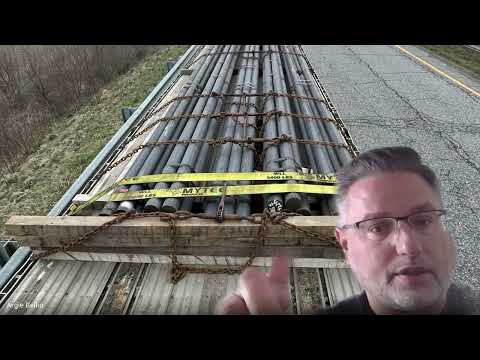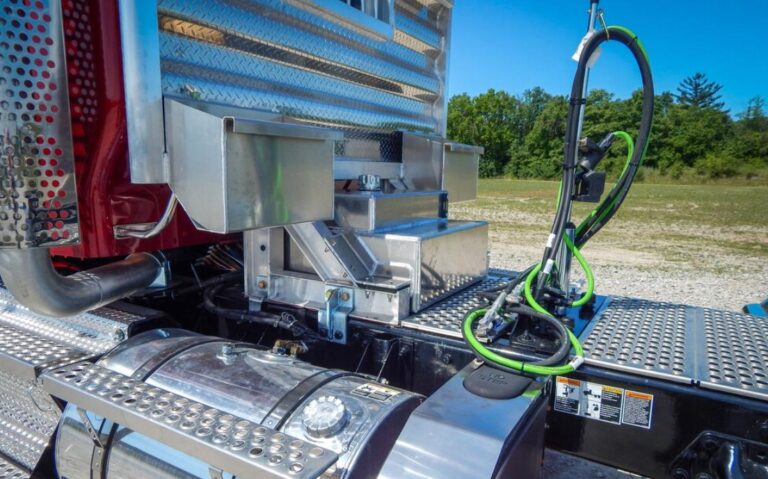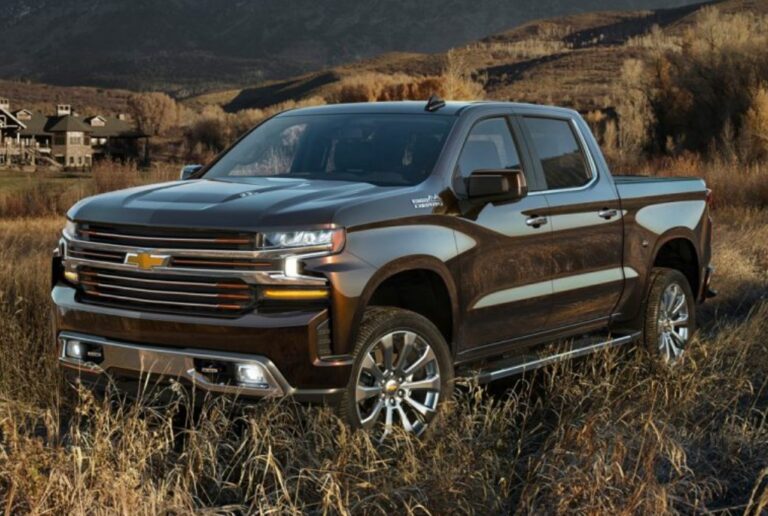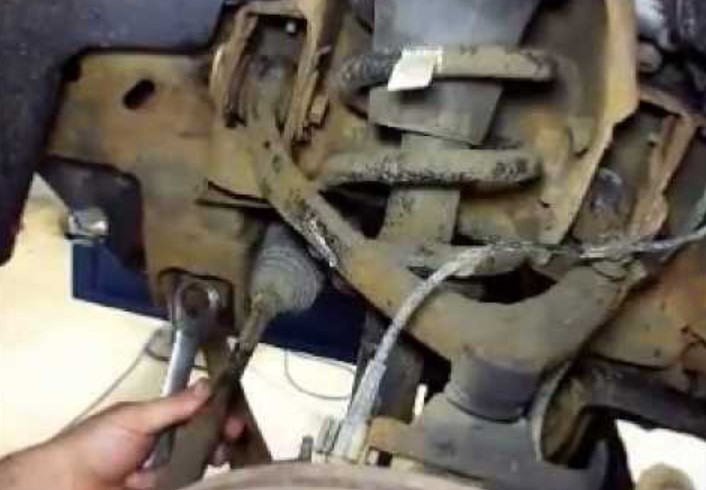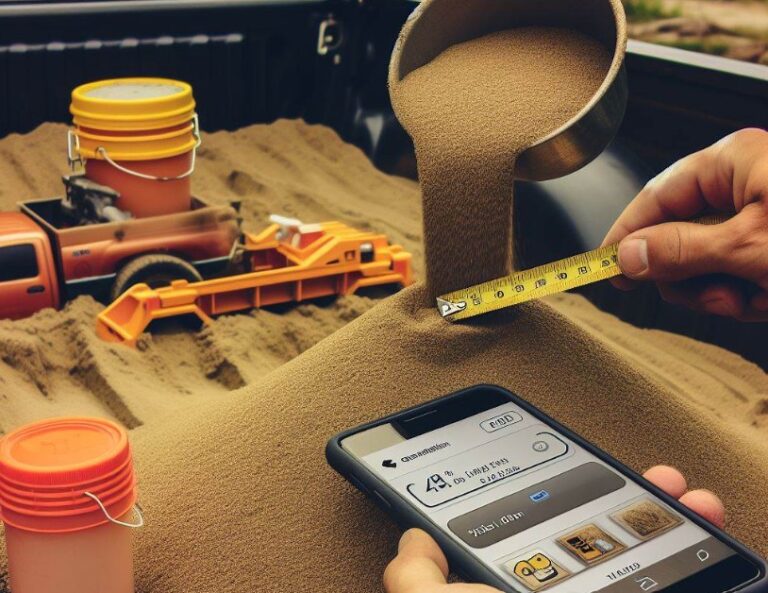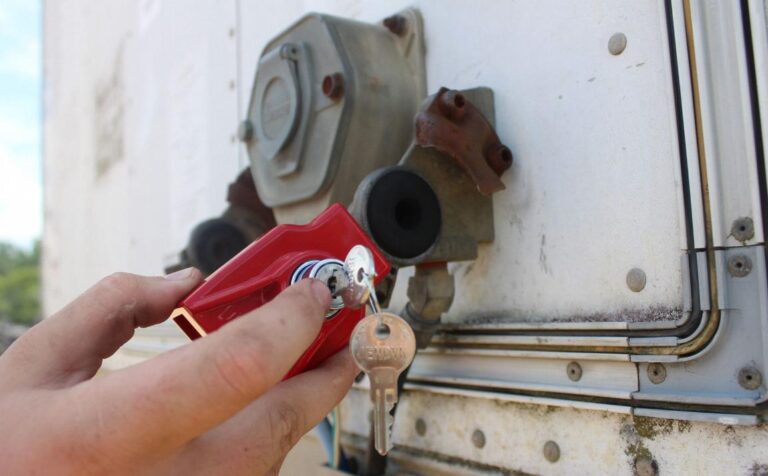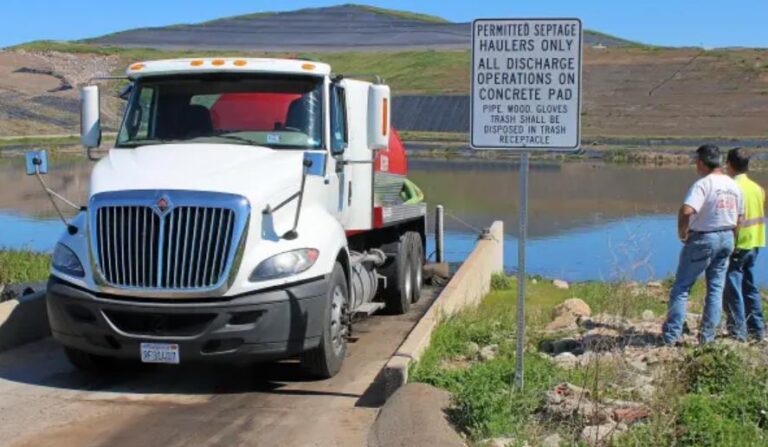What Is A Header Board On A Truck? A Complete Breakdown
This blog post will explain What Is A Header Board On A Truck? A header board, also commonly known as a “headache rack,” is an essential safety feature installed on the front end of a truck’s trailer or behind the cab. Its primary function is to protect the driver from shifting cargo in the event of sudden stops or accidents.
Key Takeaways
- Header boards are also known as “headache racks.”
- They are installed for safety purposes to protect the driver.
- Header boards can be made from various materials, including metal and wood.
- They are mandatory in some jurisdictions.
- Header boards come in different designs and functionalities.
What Is A Header Board On A Truck?
A header board is a safety feature that is installed either on the front of a truck’s trailer or behind the cab. It serves as a barrier to protect the driver from being hit by cargo that may shift during transit, especially in the event of a sudden stop or accident.
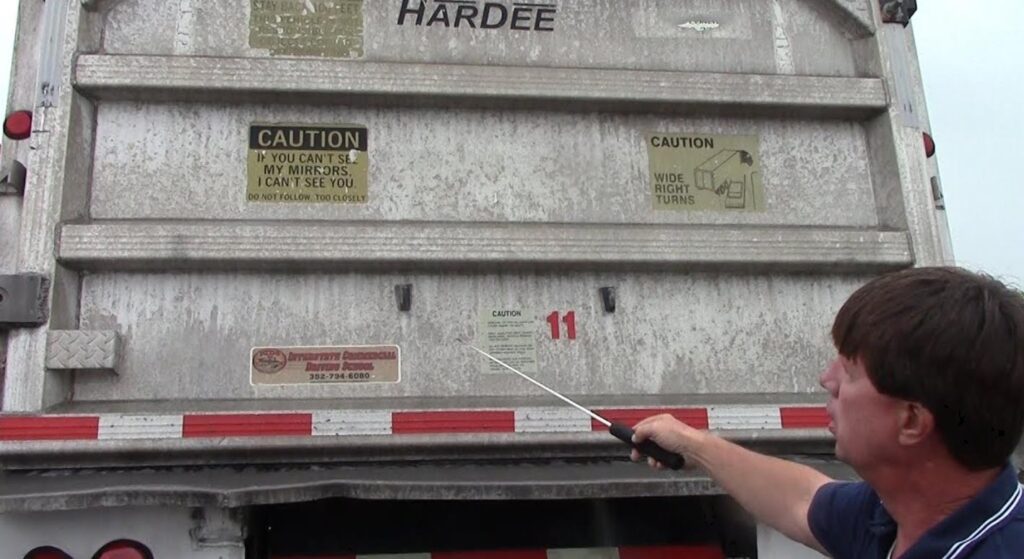
Types of Header Boards
Metal Header Boards
Metal is the most common material used for header boards due to its strength and durability.
Wooden Header Boards
Wooden header boards are less common but are used for specific types of cargo.
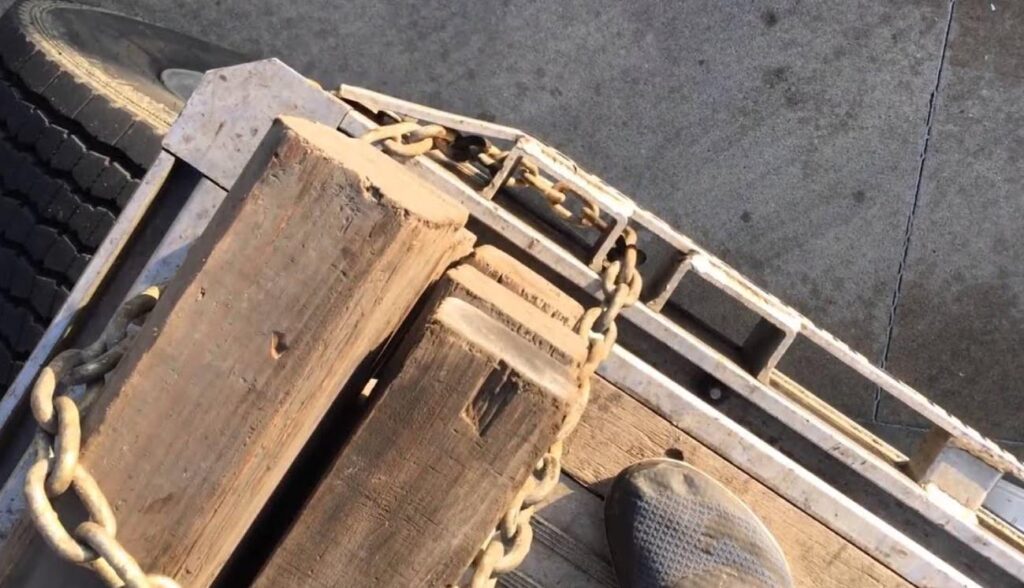
Why Are Header Boards Important?
Header boards, often referred to as “headache racks,” serve a critical role in enhancing the safety and functionality of a truck. Below are some key reasons why they are indispensable:
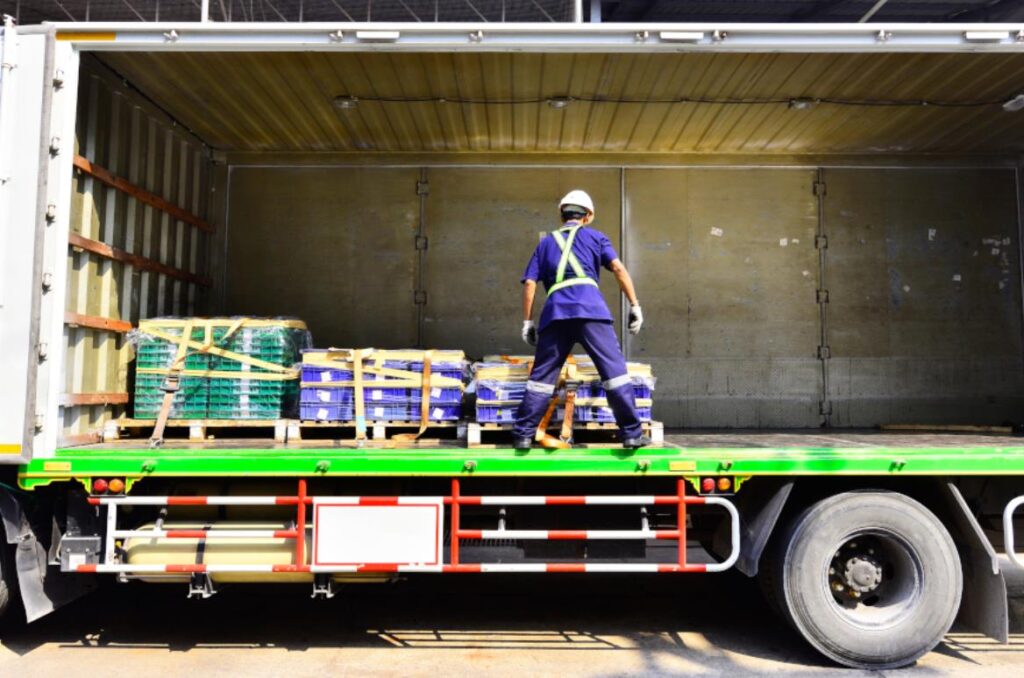
1. Protection from Shifting Cargo
One of the primary functions of a header board is to act as a barrier between the truck’s cab and its cargo area. This is particularly important for flatbed trucks or those carrying loose or heavy items. In the event of sudden braking or an accident, the header board prevents cargo from crashing into the cab.
2. Enhanced Structural Integrity
Header boards are usually made from robust materials like steel or aluminum, adding an extra layer of structural integrity to the truck. This can be crucial in the event of a rollover or collision, as it provides additional protection to the driver.
3. Versatility and Storage
Modern header boards often come with built-in storage compartments, tool racks, or even light fixtures. This adds a level of versatility and convenience, allowing drivers to store essential tools and equipment securely.
4. Improved Visibility and Aesthetics
Some header boards are designed with visibility in mind, featuring cutouts or transparent materials that do not obstruct the driver’s rear view. Additionally, they can be customized to match the truck’s aesthetics, adding a personalized touch.
5. Legal Compliance
In some jurisdictions, the use of header boards is mandated by law, especially for trucks carrying certain types of cargo. Failure to comply can result in hefty fines or legal repercussions.
6. Energy Efficiency
Although not a primary function, the aerodynamic design of some header boards can reduce wind resistance, potentially improving fuel efficiency to a small extent.
How To Choose The Right Header Board?
Selecting the appropriate header board for your truck involves several considerations, each contributing to the overall safety, functionality, and compliance of the vehicle. Here’s a detailed guide on how to make the right choice:
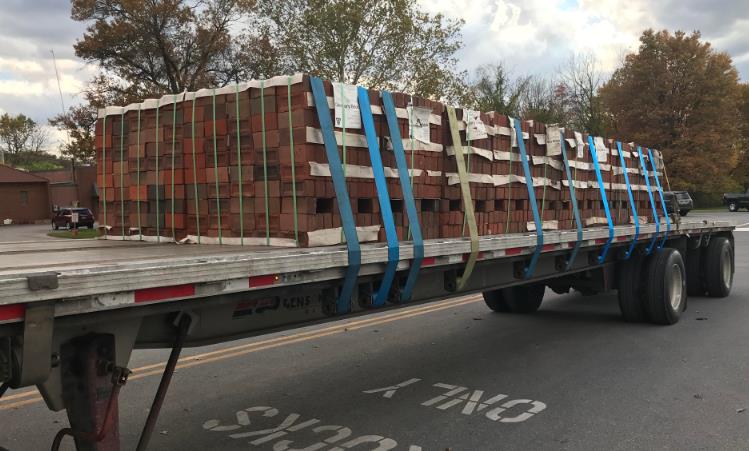
1. Assess Your Needs
The first step in choosing a header board is to assess your specific needs. Are you looking for basic protection against shifting cargo, or do you require additional features like storage compartments or light fixtures?
2. Material Selection
Header boards are commonly made from materials like steel, aluminum, or wood. Steel offers the highest level of durability but is also the heaviest. Aluminum is lighter and resistant to corrosion, while wood is generally used for specific types of cargo.
3. Design and Functionality
Modern header boards come in various designs, each offering different functionalities. Some have built-in storage compartments, tool racks, or even light fixtures. Choose a design that aligns with your operational needs.
4. Compliance and Regulations
Before making a purchase, ensure that the header board complies with local and federal regulations, especially if you’re transporting specific types of cargo that require mandatory use of a header board.
5. Installation Options
Some header boards can be easily installed using basic tools, while others may require professional installation. Consider your skill level and whether you’ll need to hire a professional for the installation.
6. Budget Constraints
Header boards can range from basic, affordable options to high-end models with advanced features. Determine your budget and try to find a balance between cost and functionality.
7. Reviews and Recommendations
Before finalizing your decision, it’s advisable to read customer reviews and seek recommendations from industry experts or peers. This can provide valuable insights into the product’s quality and performance.
8. Warranty and Support
Lastly, consider the warranty and customer support offered by the manufacturer. A good warranty can be a sign of the product’s quality and durability, and robust customer support can be invaluable in case of issues or queries.
Maintenance of Header Boards
Regular maintenance is essential to ensure the header board’s effectiveness and longevity.
Customization Options
You can customize your header board to match the aesthetics of your truck or add additional functionalities.
How to Install a Header Board?
Installing a header board on your truck is a crucial process that requires careful attention to detail to ensure safety and functionality. Here’s a step-by-step guide on how to go about it:
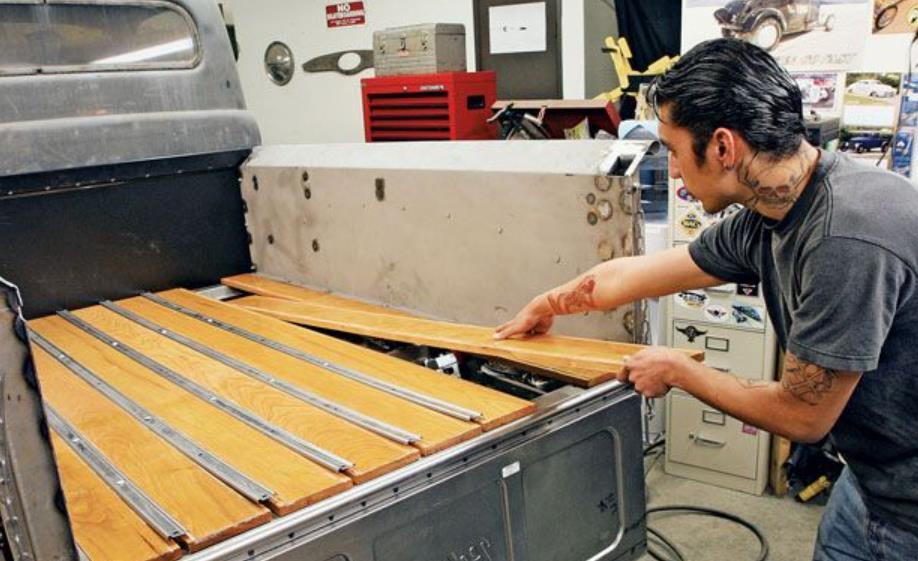
1. Gather Tools and Supplies
Before starting the installation, gather all the necessary tools and supplies. This usually includes wrenches, bolts, and the header board itself. Make sure to read the manufacturer’s instructions for any specific tools or additional materials needed.
2. Prepare the Truck
Clean the area where the header board will be installed. Remove any obstructions or accessories that might interfere with the installation process.
3. Measure and Mark
Use a measuring tape to accurately mark the points where the header board will be attached. Double-check these measurements to ensure proper alignment.
4. Pre-Drill Holes
If your truck doesn’t have pre-existing holes for the header board, you may need to drill new ones. Use a drill bit that matches the size of the bolts you’ll be using.
5. Position the Header Board
Carefully position the header board against the truck, aligning it with the pre-drilled holes or the marks you made. It’s often helpful to have a second person assist with this step to ensure accurate placement.
6. Secure the Board
Insert bolts through the holes and tighten them securely using a wrench. Make sure not to overtighten, as this could strip the threads or damage the header board.
7. Double-Check All Connections
Once the header board is securely attached, double-check all bolts and connections to ensure they are tight and secure.
8. Test for Stability
Gently shake the header board to make sure it is securely attached and stable. If it wobbles or feels loose, re-tighten the bolts.
9. Final Inspection
Perform a final inspection to ensure that the header board is securely in place and that there are no obstructions or loose parts.
10. Consult a Professional (Optional)
If you’re unsure about any step or encounter difficulties during the installation, it’s advisable to consult a professional to ensure the job is done correctly and safely.
By following these steps carefully, you can successfully install a header board on your truck, enhancing both its safety and functionality.
What Is Another Name For Front-End Header Boards?
Front-end header boards, also known as “headache racks,” are protective barriers placed behind the cab of a truck. These boards serve multiple purposes, including shielding the driver from shifting cargo and providing a framework for securing equipment and accessories.
They are usually made of steel, aluminum, or other durable materials and can come in various designs, including those with built-in storage compartments or light fixtures.
How Truck Drivers Can Ensure Safety On The Road?
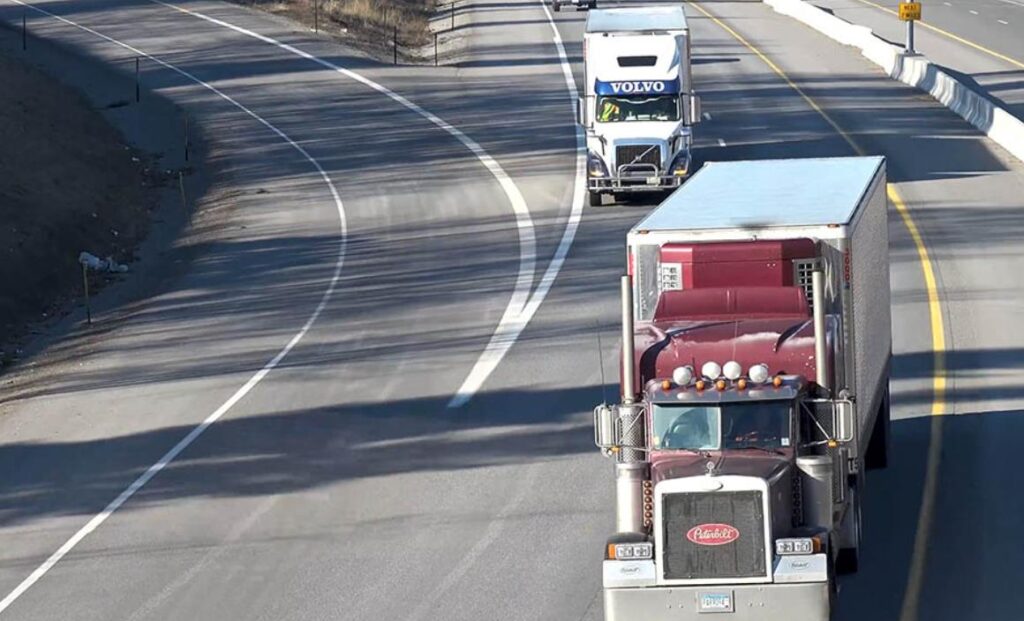
1. Practice Defensive Driving
Truck drivers should adopt defensive driving techniques to anticipate potential hazards and make well-informed decisions. This includes being aware of blind spots and practicing the three-second rule to maintain a safe distance from other vehicles.
2. Regular Maintenance and Inspections
Keeping the truck in optimal condition is crucial for safety. This involves regular maintenance schedules and comprehensive pre-trip and post-trip inspections.
3. Avoid Distractions
Distractions like mobile phone usage can be dangerous. Dual-facing dash cams with AI can help identify when a driver is distracted, allowing for timely coaching.
4. Be Prepared for Emergencies
Drivers should be prepared for various emergency situations by stocking their cabs with essentials like water, snacks, and a first-aid kit.
5. Use Real-Time GPS Tracking
Knowing the exact location of all drivers through real-time GPS is essential, especially during breakdowns or other emergencies.
6. Take Proper Rest and Breaks
Drivers should adhere to Hours of Service (HOS) regulations and take additional breaks if they feel fatigued.
7. Incentivize Safe Driving
Implementing coaching and rewards programs can encourage drivers to adopt safe driving habits.
Innovative Features in Modern Header Boards
Smart Technology Integration
Modern header boards are increasingly incorporating smart technology features. These can include sensors that alert the driver about any potential risks involving the cargo.
Aerodynamic Design
Some header boards are designed with aerodynamics in mind to improve fuel efficiency.
Environmental Impact of Header Boards
Sustainable Materials
Eco-friendly materials like recycled metal and sustainable wood are being used to manufacture header boards, reducing their environmental impact.
Energy-Efficient Manufacturing
The production process is also becoming more energy-efficient, contributing to a lower carbon footprint.
Header Boards in Different Industries
Construction
In the construction industry, header boards are often customized to carry specific types of materials safely.
Agriculture
In agriculture, they may be adapted to carry produce without causing damage.
Global Trends in Header Board Usage
Increasing Regulations
There is a global trend towards stricter regulations requiring the use of header boards for safety reasons.
Market Growth
The market for header boards is expected to grow, especially in developing countries where regulations are becoming stricter.
Conclusion
Understanding what a header board on a truck is and its importance can significantly impact your safety on the road. It’s not just a piece of equipment but a crucial safety feature that can save lives.
Frequently Asked Questions
What is the primary purpose of a header board on a truck?
The primary purpose of a header board, also known as a “headache rack,” is to protect the driver from shifting cargo in the event of sudden stops or accidents.
What materials are commonly used for header boards?
Header boards are commonly made from metal due to its strength and durability. However, some are also made from wood for specific types of cargo.
Are header boards mandatory?
In some jurisdictions, having a header board is mandatory for safety reasons. It’s essential to check local regulations to ensure compliance.
How should a header board be maintained?
Regular maintenance is crucial for the effectiveness and longevity of a header board. Always ensure it is in good condition before embarking on a journey.

Matt Rex brings 12 years of specialized automotive expertise, holding a professional degree in Automotive Engineering Technology. As the founder of Turbochaos, he delivers comprehensive diagnostic services, performance optimization, and fleet maintenance solutions, backed by advanced certifications in hybrid/electric systems and ADAS technology. Its innovative methodologies have earned industry recognition while maintaining a 98% customer satisfaction rate.

